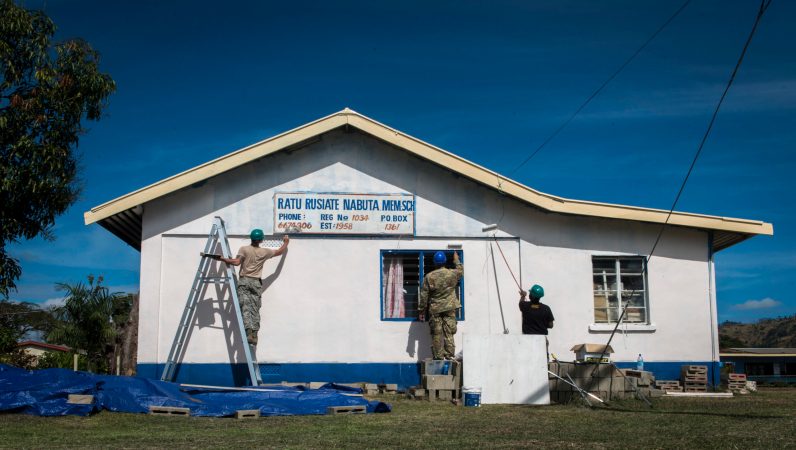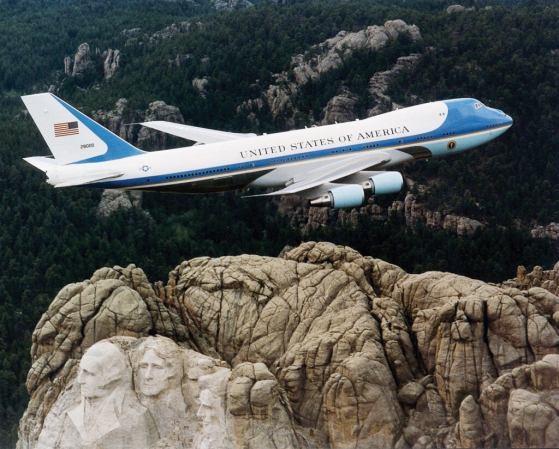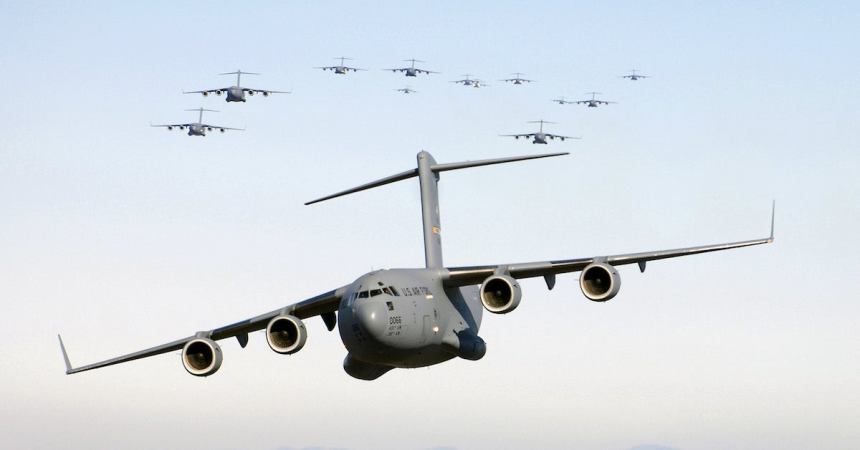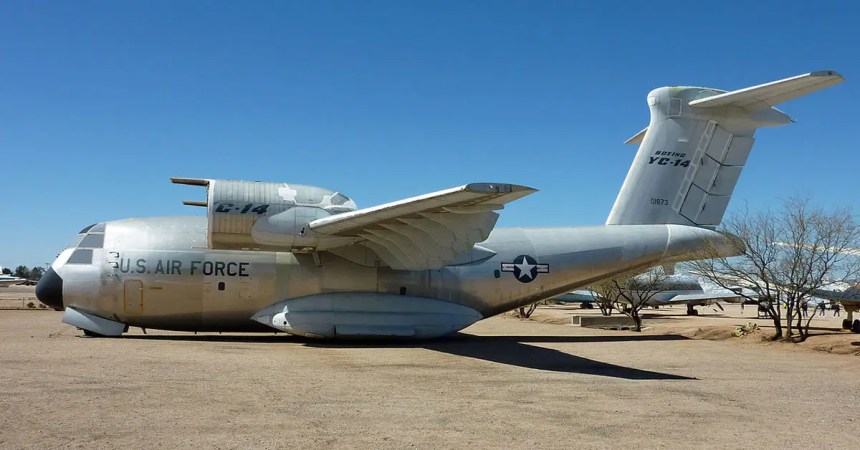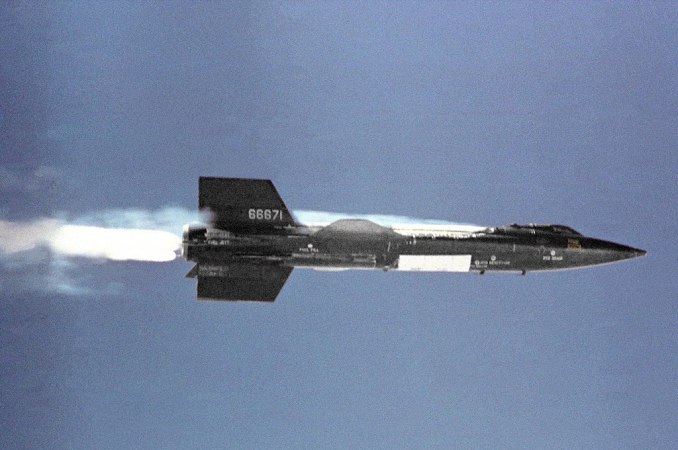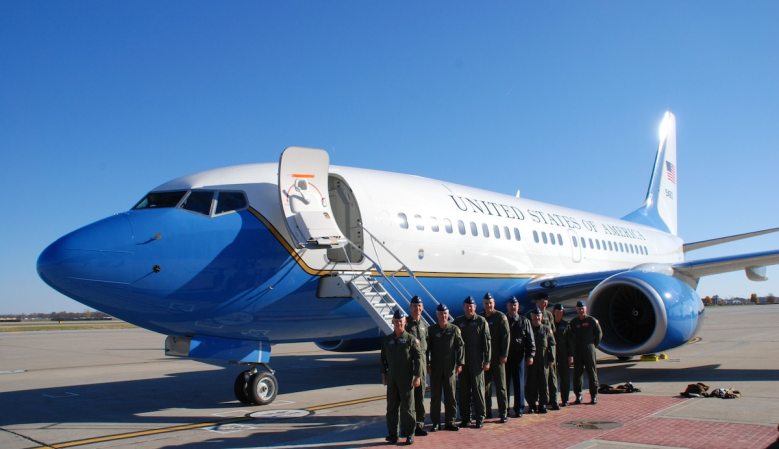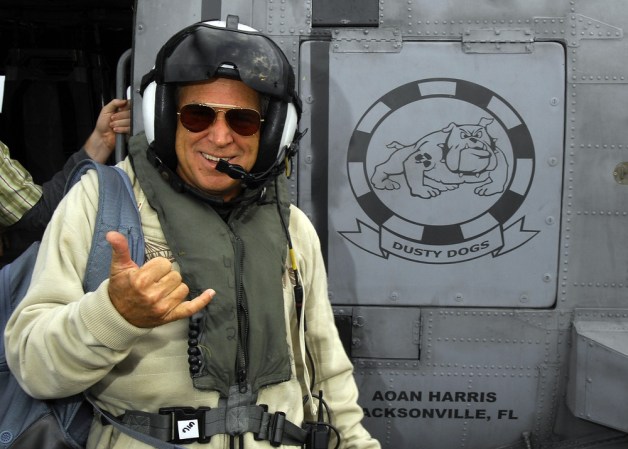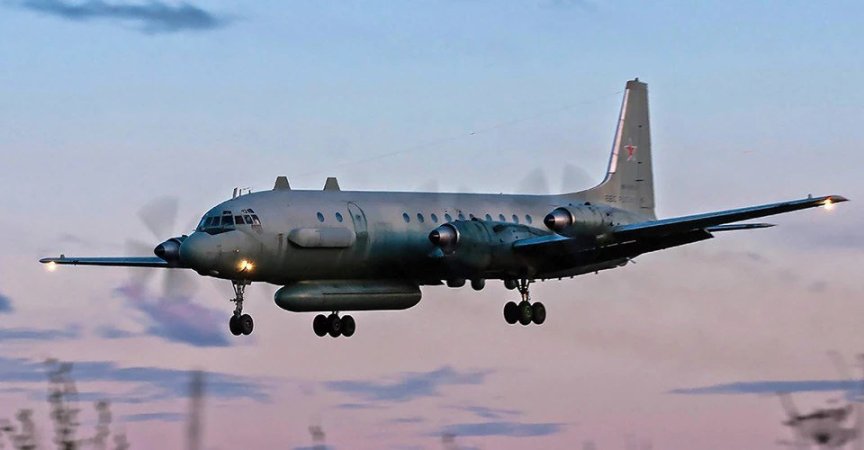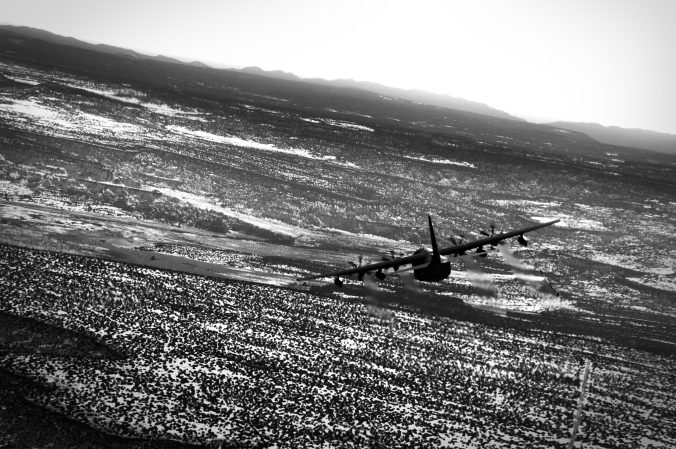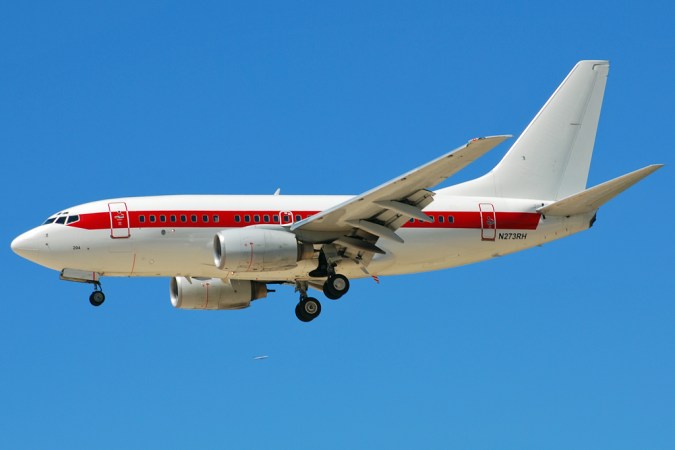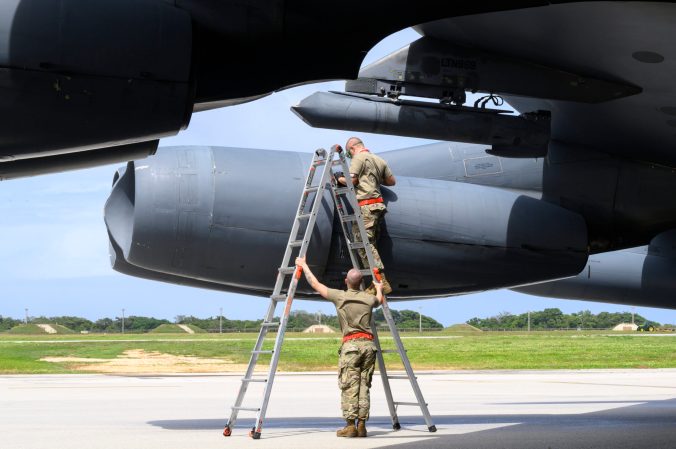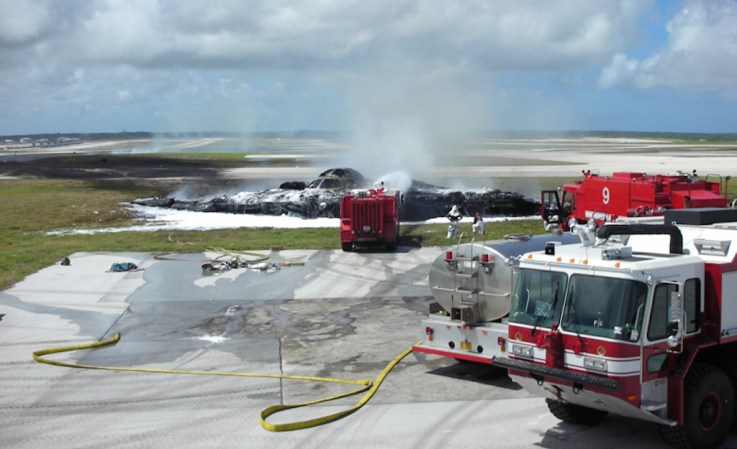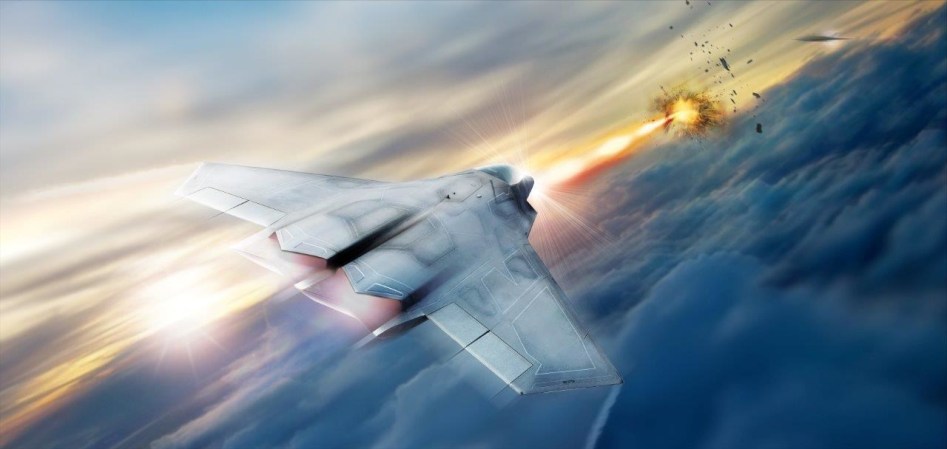Since the dawn of the jet age, commercial planes have changed very little. Although engines have become more efficient, allowing for the use of two where four used to be needed, the tube-and-wing design remains constant. Advanced composite materials help to reduce weight, but the fact remains that not every surface of modern aircraft produces lift. JetZero aims to change all of this with its Blended Wing Body which the Air Force recently showed interest in.

On August 16, 2023, the Air Force selected JetZero for the next phase of a blended wing body prototype aircraft. Aiming to mature BWB technology for future development, the prototype will demonstrate the efficiency and viability of blended-wing designs over tube-and-wing. “Blended wing body aircraft have the potential to reduce fuel demand and increase global reach significantly,” said Air Force Secretary Frank Kendall in a public affairs release. “Moving forces and cargo quickly, efficiently, and over long distance is a critical capability to enable national security strategy.”

The blended wing concept is not new. However, modern advancements in structural design, materials technology and manufacturing have made large-scale production more feasible. By blending the body and tail of the aircraft into its wings, the BWB increases efficiency without sacrificing cargo capacity. In fact, the fuselage provides more room for things like hydrogen tanks that could be used to power future aircraft engines. Until then, modern off-the-shelf engines can be used without further modification on the BWB.

With its improved efficiency and carrying capacity, the BWB is an attractive candidate for a future Air Force tanker. The KC-135 Stratotanker, developed from Boeing’s first jetliner, has been in service since the 1950s. Its replacement, the KC-46 Pegasus, is based on the Boeing 767 which first flew in 1981. “It’s been a little over a hundred years since a few brave Airmen took to the skies and proved the first aerial refueling capability, extending the global reach of our Air Force,” said assistant secretary of the Air Force for Energy, Installations, and Environment Dr. Ravi Chaudhary in a service public affairs release. “This announcement marks another game-changing milestone for the Air Force in our efforts to maintain the advantage of airpower effectiveness against any future competitors.”

Under the fiscal year 2023 National Defense Authorization Act, the DoD plans to invest $235 million in BWB technology over the next four years. With its potential to save airlines money on operating costs, additional investment is expected from private companies. The Air Force is collaborating with NASA and the Defense Innovation Unit while JetZero collaborated with the likes of MIT, Stanford and USC. The BWB demonstrator is expected to take flight in 2027.



